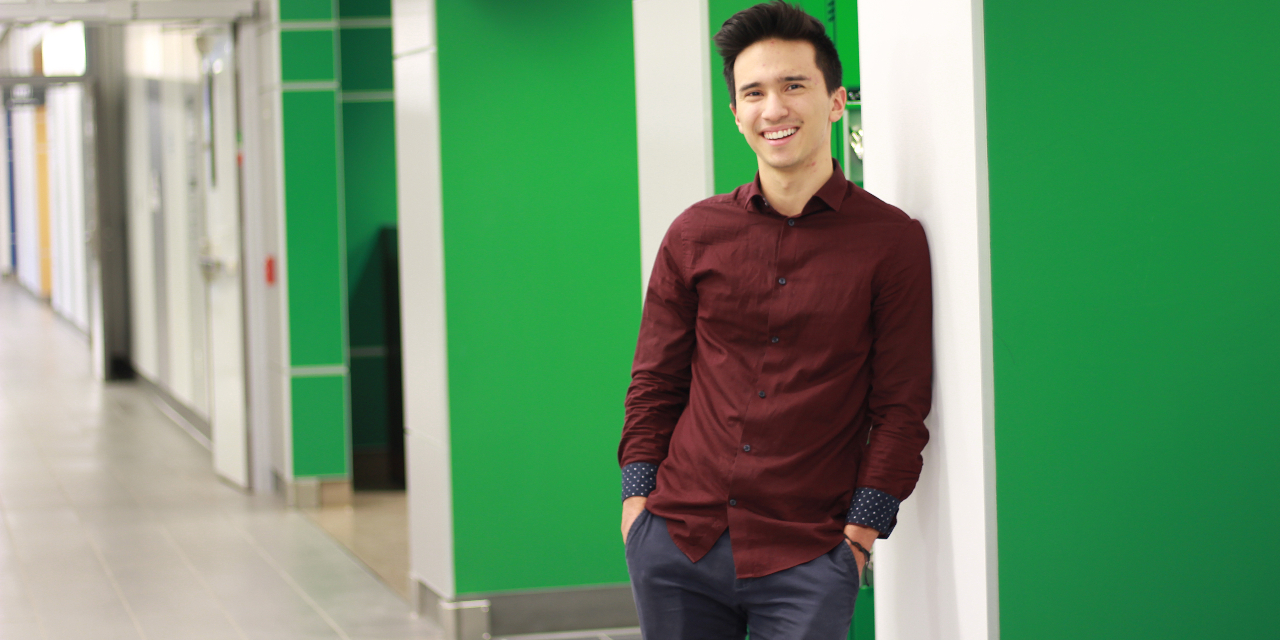A group of 10 medical students at the University of Alberta are helping Alberta Health Services (AHS) prepare for a potential surge of COVID-19 cases in Edmonton hospitals by supporting the Edmonton Zone Emergency Operations Centre (ZEOC).
As the COVID-19 pandemic progresses, increased demand for hospital beds, rooms, staff and materials is expected, which requires research and planning done by ZEOC, which anticipates and manages risks to the health-care system and the public when emergencies occur.
According to Yvonne Suranyi, Executive Director, UAH (University of Alberta Hospital)/Edmonton Zone Medicine Program and UAH/Stollery Emergency, medical-student support has eased the pressure on AHS staff, allowing them to focus more fully on other duties.
The student presence also adds the benefit of fresh ideas.
"The students have been very supportive in our planning for different scenarios," Suranyi said.
"They've created visual documents that show how the bed and unit surges would look under different circumstances. They've been working on a physician toolkit, which includes perspectives on physician wellness, and they've done an extensive literature review on what has been learned to date about pandemic surge planning in other countries. They've been really creative in considering the possibilities to improve health and safety of the patients, as well as the health-care workers."
Matching skills to needs
Since the global pandemic was declared, Tracey Hillier, associate dean of the U of A's MD program, has worked closely with AHS leaders to identify areas where the students' varied skills are most needed.
"The students join our program with such diverse perspectives and skills, like master's degrees in public health, or the combined MD/PhD and MD/MBA programs. We have a student who did an elective with the World Health Organization last summer, and we have people who've written policy for the Alberta and B.C. governments." Hillier said. "It's just incredible."
Hillier said that not everything in practice can be taught in medical school, so she is pleased to support unique learning opportunities like this.
"Hopefully these are once-in-a-career opportunities, so we really want to prioritize these experiences for students. We can get back to more traditional learning, but they will learn things from these projects that will set them up as future leaders," she said.
"I'm just really thankful to U of A leadership for being receptive to this as a learning opportunity, and collaborating with AHS to maneuver through our current pandemic challenges. These are conversations that normally do not have such a rapid turnaround implementation, so AHS is very appreciative," said Suranyi.
"The medical students that I've worked with have been incredible-very engaged and really very interested in all of these pieces."
Learning opportunities are secondary to the opportunity to help, said Paul Barber, a medical student who is participating in the program and studying for an MBA.
"I definitely felt a bit out of my depth for the first few days, but it's been really interesting participating in the organizational experience," he said.
"That's not a side of health care students typically see. Observing some of the decisions that have to be made and how people are making those decisions is something we wouldn't be exposed to until much later. It is so valuable for those of us hoping to be future leaders."
The greatest takeaway for Barber as a future physician has been learning how every decision matters.
"We're spending a lot of time just researching one small stage in the admission process, or how a patient can be moved from one room to another, and really taking an approach of 'how much can we shift and evolve our practices?' It's been really impactful for me to recognize how much room there is for innovation at every step."
